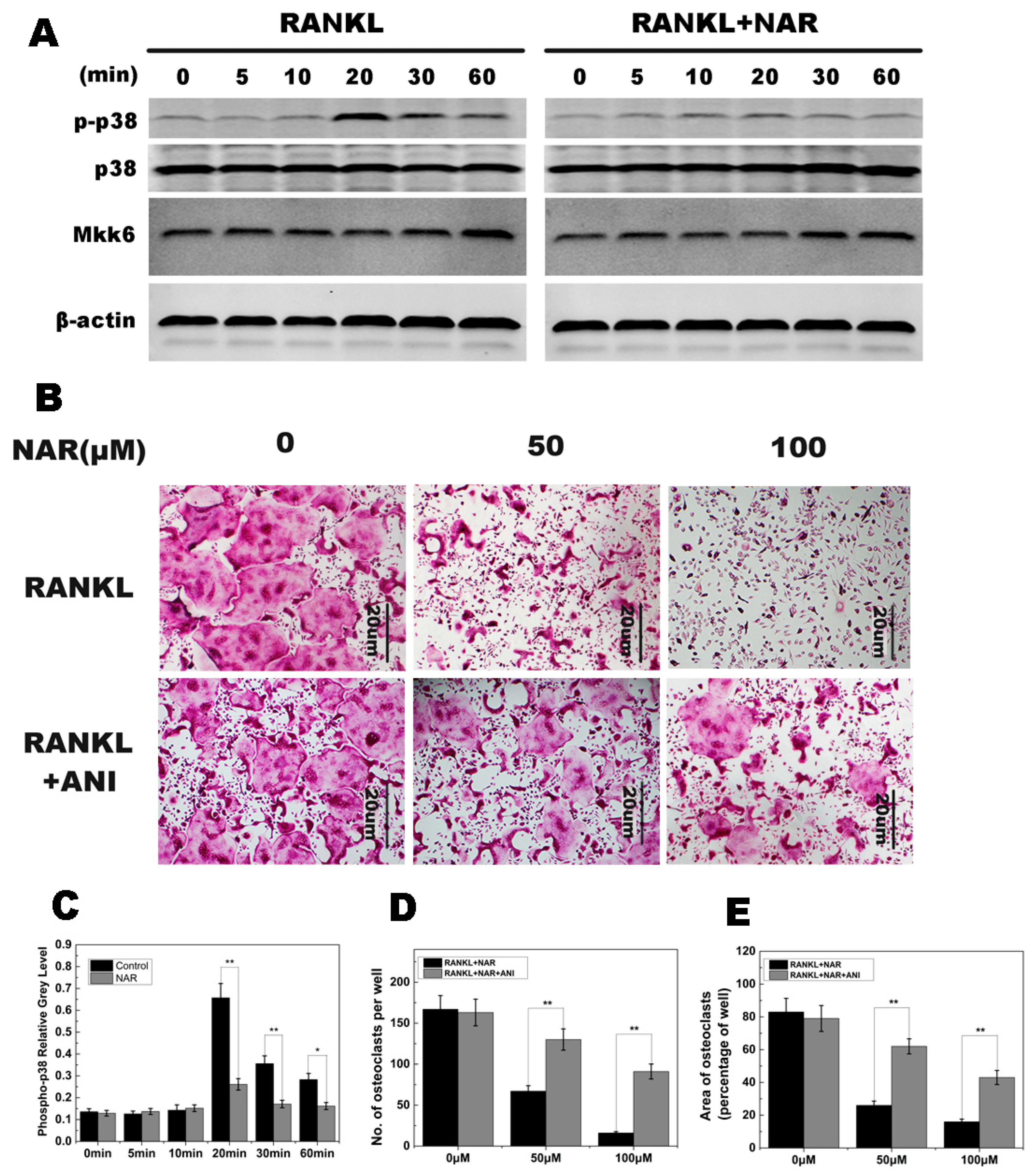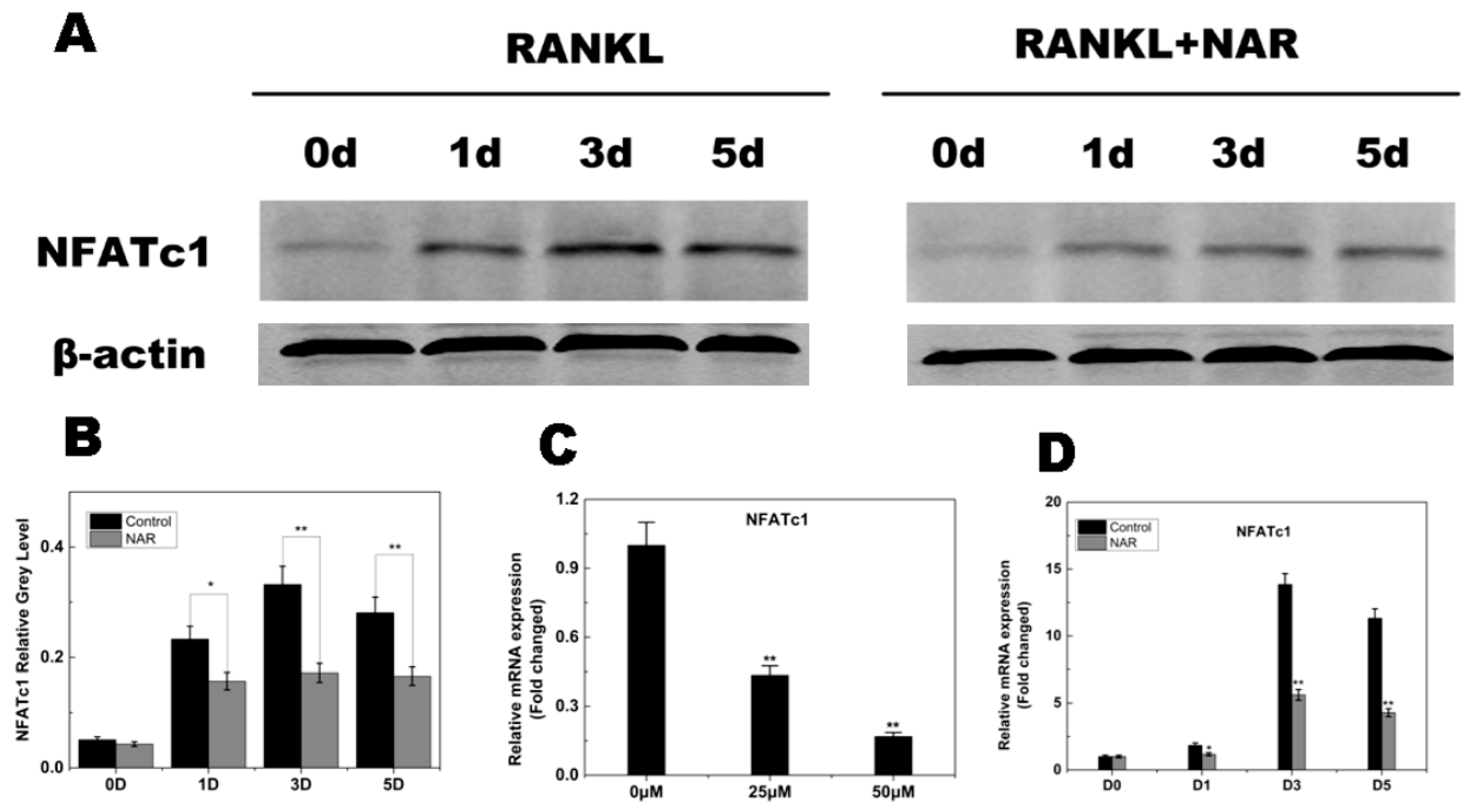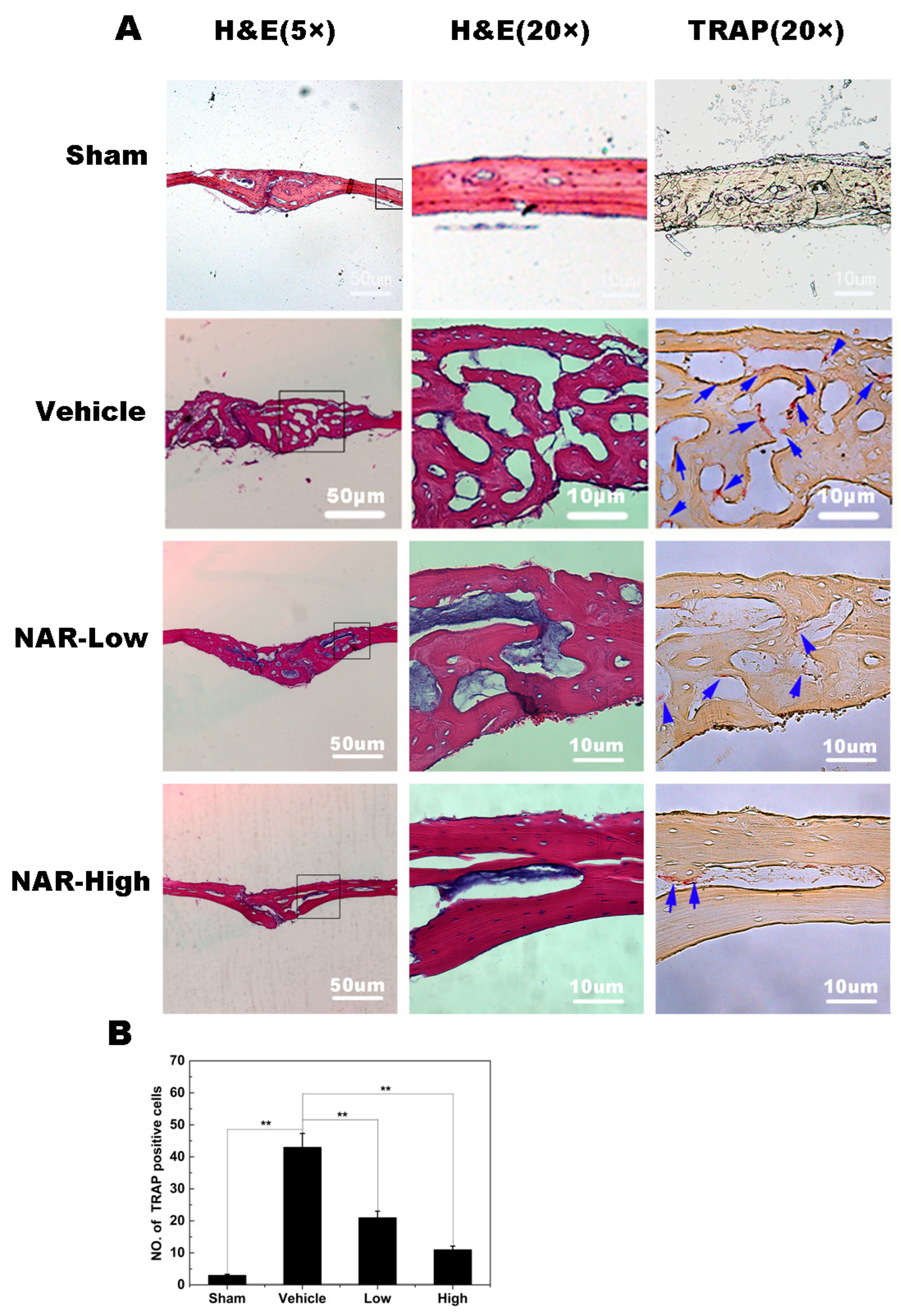Correction: Wang et al. The Inhibition of RANKL-Induced Osteoclastogenesis through the Suppression of p38 Signaling Pathway by Naringenin and Attenuation of Titanium-Particle-Induced Osteolysis. Int. J. Mol. Sci. 2014, 15, 21913–21934
Reference
- Wang, W.; Wu, C.; Tian, B.; Liu, X.; Zhai, Z.; Qu, X.; Jiang, C.; Ouyang, Z.; Mao, Y.; Tang, T.; et al. The Inhibition of RANKL-Induced Osteoclastogenesis through the Suppression of p38 Signaling Pathway by Naringenin and Attenuation of Titanium-Particle-Induced Osteolysis. Int. J. Mol. Sci. 2014, 15, 21913–21934. [Google Scholar] [CrossRef] [PubMed]




Disclaimer/Publisher’s Note: The statements, opinions and data contained in all publications are solely those of the individual author(s) and contributor(s) and not of MDPI and/or the editor(s). MDPI and/or the editor(s) disclaim responsibility for any injury to people or property resulting from any ideas, methods, instructions or products referred to in the content. |
© 2025 by the authors. Licensee MDPI, Basel, Switzerland. This article is an open access article distributed under the terms and conditions of the Creative Commons Attribution (CC BY) license (https://creativecommons.org/licenses/by/4.0/).
Share and Cite
Wang, W.; Wu, C.; Tian, B.; Liu, X.; Zhai, Z.; Qu, X.; Jiang, C.; Ouyang, Z.; Mao, Y.; Tang, T.; et al. Correction: Wang et al. The Inhibition of RANKL-Induced Osteoclastogenesis through the Suppression of p38 Signaling Pathway by Naringenin and Attenuation of Titanium-Particle-Induced Osteolysis. Int. J. Mol. Sci. 2014, 15, 21913–21934. Int. J. Mol. Sci. 2025, 26, 5426. https://doi.org/10.3390/ijms26125426
Wang W, Wu C, Tian B, Liu X, Zhai Z, Qu X, Jiang C, Ouyang Z, Mao Y, Tang T, et al. Correction: Wang et al. The Inhibition of RANKL-Induced Osteoclastogenesis through the Suppression of p38 Signaling Pathway by Naringenin and Attenuation of Titanium-Particle-Induced Osteolysis. Int. J. Mol. Sci. 2014, 15, 21913–21934. International Journal of Molecular Sciences. 2025; 26(12):5426. https://doi.org/10.3390/ijms26125426
Chicago/Turabian StyleWang, Wengang, Chuanlong Wu, Bo Tian, Xuqiang Liu, Zanjing Zhai, Xinhua Qu, Chuan Jiang, Zhengxiao Ouyang, Yuanqing Mao, Tingting Tang, and et al. 2025. "Correction: Wang et al. The Inhibition of RANKL-Induced Osteoclastogenesis through the Suppression of p38 Signaling Pathway by Naringenin and Attenuation of Titanium-Particle-Induced Osteolysis. Int. J. Mol. Sci. 2014, 15, 21913–21934" International Journal of Molecular Sciences 26, no. 12: 5426. https://doi.org/10.3390/ijms26125426
APA StyleWang, W., Wu, C., Tian, B., Liu, X., Zhai, Z., Qu, X., Jiang, C., Ouyang, Z., Mao, Y., Tang, T., Qin, A., & Zhu, Z. (2025). Correction: Wang et al. The Inhibition of RANKL-Induced Osteoclastogenesis through the Suppression of p38 Signaling Pathway by Naringenin and Attenuation of Titanium-Particle-Induced Osteolysis. Int. J. Mol. Sci. 2014, 15, 21913–21934. International Journal of Molecular Sciences, 26(12), 5426. https://doi.org/10.3390/ijms26125426





